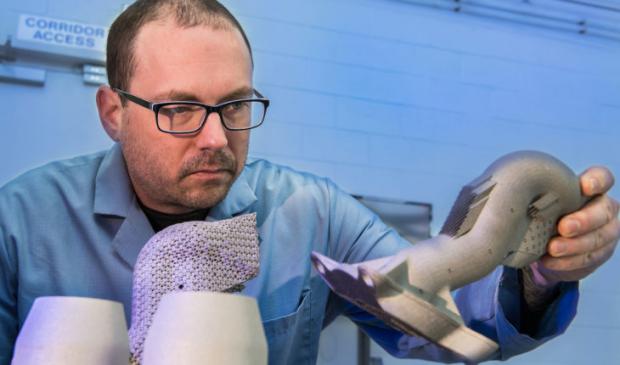
Breaking News
 $26M Frozen on Blockchain - With One Click
$26M Frozen on Blockchain - With One Click
 Italy are on national strike shutdown rejecting digital enslavement...
Italy are on national strike shutdown rejecting digital enslavement...
 The following U.S. states are currently using the rebranded "Reporty Homeland Security" so
The following U.S. states are currently using the rebranded "Reporty Homeland Security" so
 NATO Chief Urges Europe To Prepare For Long-Term World War With Russia, China, Iran & North Korea
NATO Chief Urges Europe To Prepare For Long-Term World War With Russia, China, Iran & North Korea
Top Tech News
 HUGE 32kWh LiFePO4 DIY Battery w/ 628Ah Cells! 90 Minute Build
HUGE 32kWh LiFePO4 DIY Battery w/ 628Ah Cells! 90 Minute Build
 What Has Bitcoin Become 17 Years After Satoshi Nakamoto Published The Whitepaper?
What Has Bitcoin Become 17 Years After Satoshi Nakamoto Published The Whitepaper?
 Japan just injected artificial blood into a human. No blood type needed. No refrigeration.
Japan just injected artificial blood into a human. No blood type needed. No refrigeration.
 The 6 Best LLM Tools To Run Models Locally
The 6 Best LLM Tools To Run Models Locally
 Testing My First Sodium-Ion Solar Battery
Testing My First Sodium-Ion Solar Battery
 A man once paralyzed from the waist down now stands on his own, not with machines or wires,...
A man once paralyzed from the waist down now stands on his own, not with machines or wires,...
 Review: Thumb-sized thermal camera turns your phone into a smart tool
Review: Thumb-sized thermal camera turns your phone into a smart tool
 Army To Bring Nuclear Microreactors To Its Bases By 2028
Army To Bring Nuclear Microreactors To Its Bases By 2028
 Nissan Says It's On Track For Solid-State Batteries That Double EV Range By 2028
Nissan Says It's On Track For Solid-State Batteries That Double EV Range By 2028
Stronger Steel Parts for Improved Weapons and Military Supply Chain

Printed parts could become the standard for future systems with superior capabilities.
Above -Army researcher Dr. Brandon McWilliams, holds a sample 3D metal printed part. Photo via the U.S. Army/ David McNally.
Additive manufacturing cuts back the weight of certain parts which can increase the range, blast size, and guidance technology of future munitions. This capability is being pioneered for the Long Range Precision Fire (LRPF) rocket, missile, and artillery rounds that fire at longer distances.
New lighter-weight printed parts can be used to rearrange the explosive components of a missile and increase overall lethality.
Enhanced 3D printing capabilities is using a specialized steel alloy powder called AF-96. AF-96 was developed by the U.S. Air Force for bunker-busting bomb applications.
The metal printer's laser carefully melts the powder into a pattern. Then the printer overlays the powder onto the build plate and repeats the process until the part is complete. The microstructure can create more alloys that will work better and have a lower cost. Expensive cobalt and tungsten are not needed.

 Carbon based computers that run on iron
Carbon based computers that run on iron

